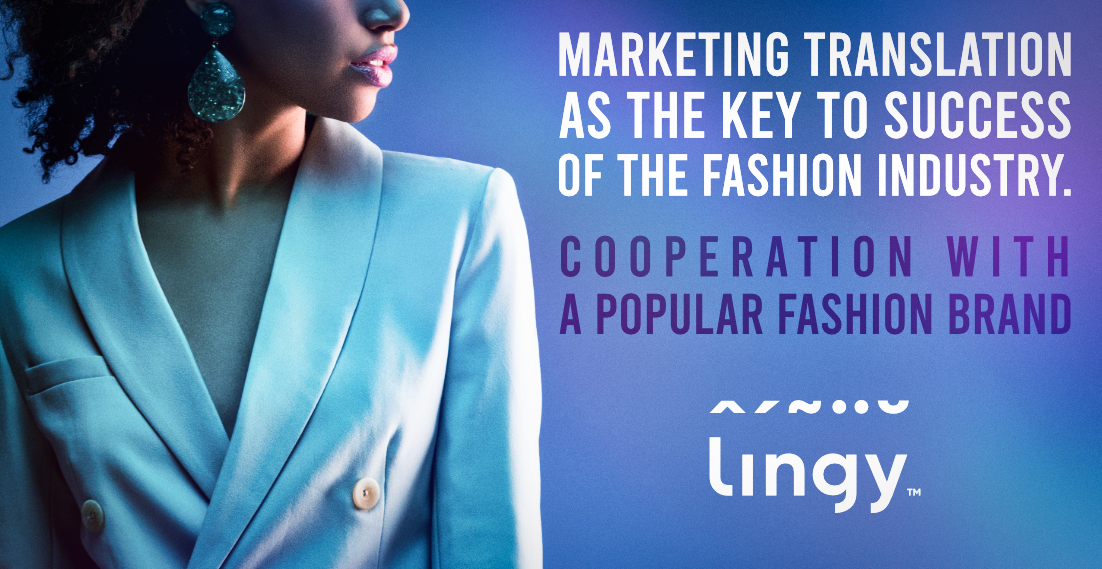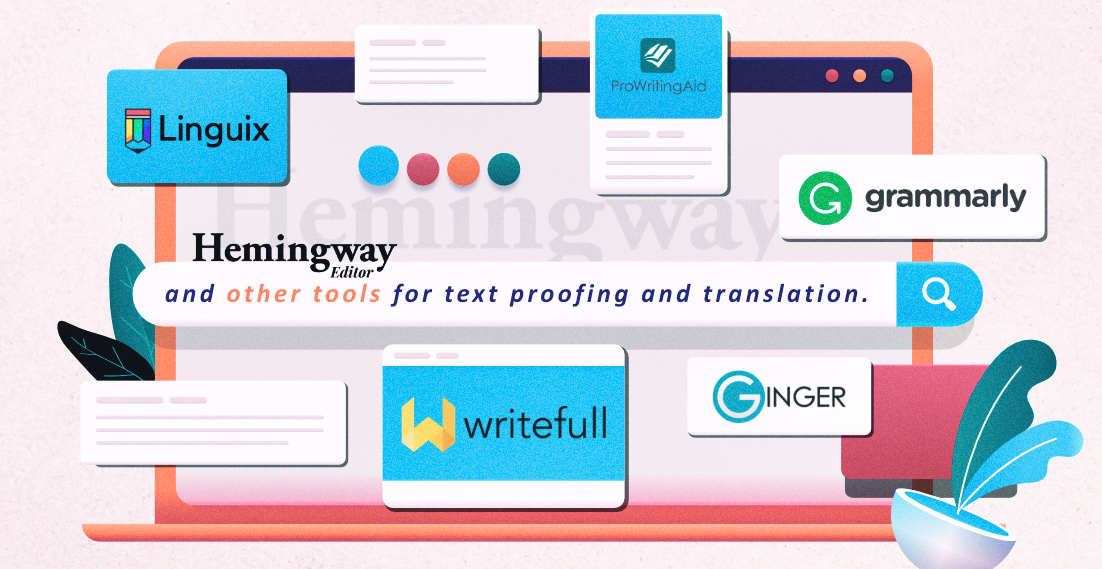How to create a multilingual Facebook advertisement and how to advertise there?

When you manage a business you probably noticed that just being on Facebook is not sufficient. It won’t be enough if you just set up a company website to be noticed by customers. Especially after changes in the algorithm. For some time, the reach of company Facebook pages has been decreasing, which results from a simple fact – Facebook has assigned a higher priority to publications made from company profiles. The solution to this situation is to buy paid ads. If you want to reach foreign customers, you will also need to know how to create multilingual Facebook advertising and, in general, how to advertise effectively there.
How to prepare for Facebook advertising?
Let’s start with the absolute basics. Effective Facebook advertising is more than just knowing your ad manager or budgeting principles. As with all promotional campaigns, you also need to be well prepared when advertising on Facebook. First of all, determine if your customers use this social network, and if they do, find out whether they react appropriately to ads in this channel. Practice proves that even the best-configured paid campaign on Facebook will not bring results if your target group is not there or is inactive.
How to choose a target group for Facebook advertising?
You can get this information in two ways. One of them is “launching the ad” and checking if it brings results. This way you will receive hard and empirical data regarding the target group. The disadvantage of this solution is the fact that if your customers are not on Facebook, then the only effect will be exhausting the advertising budget and making the decision that you move the advertisement to other channels.
A more cost-effective way is to view reports on Internet user behaviour. Cyclical and extensive research on this topic is published, among others by Hootsuite, which shows that almost 49% of the world’s population uses the Internet. Interesting reports can also be found, e.g. at Interaktywnie.com, as well as at the Central Statistical Office’s website. If you just read more about this subject, you’ll find many other sources of data on Internet users that will help you decide whether to launch your first Facebook campaign.
What are Facebook advertising strategies?
After confirming that your target group is using this website, you can start planning your first campaign. The first thing you should think about is its purpose. It will depend on it to measure the effects and the path you take to achieve them. In general, the Facebook Ad Manager has 3 main categories of paid ads: awareness, consideration and conversion.
How do Facebook awareness ads work?
The first category contains two types of advertising: reach and brand recognition. Both work in a very similar way and their main premise is to display the ad as often as possible to as many people as possible. As the names suggest – these ads are all about raising awareness of your brand’s existence in the selected target group. In this case, the measurable effects that you can check in the ad manager will be the following columns in the report: reach, impressions and frequency. You can also try your own research, in which you ask the respondents whether they are aware of your brand.
How do Facebook ads work?
The goal of the ad types in the consideration category are completely different. There you will find: traffic, application installations, video views, contacts acquisition, post activity, page likes, reactions to event invitations, as well as messages. Determining each of these types will cause Facebook’s algorithm to select recipients differently.
For example, ads in a campaign focused on “App installation” will be displayed to people who are more likely to perform the action. However, you must remember that the algorithm selects them based on “similarity and probability”, which means in practice that it will take into account their previous responses to other ads, as well as general activity on Facebook and assess whether it will be the person who will do what you are asking for.
Due to the large number of ad types in the consideration category, there is no clear answer as to which columns should be included in the report. With a high degree of probability you will have to determine what columns interest you and keep track of them. If you set, for example, “page likes”, then the obvious effect of the campaign will be how many people have liked your page. It will be similar in the case of “traffic” (landing page views, clicks on the link) or “application installation” (application activation, application installations). Remember that correctly selected indicators for measuring effects are crucial in assessing whether a configured campaign is effective.
How do Facebook conversion ads work?
The third category of Facebook ads is conversions, which includes three types of ads: conversions, catalogue sales and business traffic. Unlike the above options, in this case user behaviour taken outside of Facebook is taken into account, e.g. it can be your online shop. To properly set up this type of campaign, you’ll need to install the Facebook Pixel on your site, as well as specify what data to collect. You can also get information on the effectiveness of such ads from several places. They are available in Google Analytics, in their CRM system, as well as in reports available in Facebook Pixel.
How to create a multilingual Facebook ad?
Now that you know the basics of preparation for posting ads on Facebook and the key tools in the ad manager, it’s time to create the first campaign. The problem of multilingualism does not apply to you if you sell your products or services in only one market. It looks a bit different if you want to advertise in several countries at the same time. Potentially this can be a big challenge. Let’s say you operate in 4 different countries and create 8 different campaigns. Does this mean you have to create 32 ads? Not necessarily.
The ad management option comes in handy, which you can find in the “Advertising” view in the campaign editing window. However, before you can do this, you must enter the content in the default language. So attach an advertising graphic (it can also be a video or slide show), enter the text in the headline, in the description, as well as in the “Basic text” field. When you have filled out all the required places, click on “Add Languages” – the button you will find at the bottom of the window.
Now determine in what default language you created the above content. To do this, click on the “Choose language” button under the heading “Default language”.
Once you do this, click on “Add language” in “Added languages” and select the language you wish to use, English for instance. After doing this, a view will be activated on the right-hand side in which you will enter the translation of the ad content, i.e. in the “Headline”, “Description” and “Basic text”. An interesting feature is the ability to attach another link, as well as other graphics, so you will direct the recipients to the desired place.
WARNING! The above way to create a multilingual Facebook ad does not work for campaigns that target ‘Page Likes’. So if you want to define such a goal, you have to create every ad from scratch.
Is Facebook advertising effective?
You already know how to prepare for the campaign and how to create a multilingual Facebook ad. The question is, however, are Facebook ads always effective? For many industries, this solution works very well, especially when the recipient is a mass customer. However, this is not always the rule. According to research, young people are more active in other social channels (e.g. Tik Tok or Snapchat), so if you want to offer your services to other recipients, you should think about diversifying advertising channels or giving up Facebook completely. Although, be careful with the latter option, because everything ultimately comes down to the size of the target group. So before you decide whether to advertise on Facebook or not – do some research and find reports or just launch the first campaign. This is the only way that will make it possible for you to find out about the effectiveness or lack of it in your industry.
International expansion of your business? We will take care of it!
Marketing translation as the key to success of the fashion industry. Cooperation with a popular fashion brand
We cooperated with many customers on a daily basis. They include local companies, international enterprises and well-known brands. What are the similarities between all of them? Everyone expects high-quality translations that will help in business development. Additionally, professional translations affect their image, contribute to the opinions of recipients and are the decisive factor when it […]
Hemingway Editor and other tools for text proofing and translation
Typically, content writers first note down the message they wish to put across to their audience. Then, they re-read and edit the text. This way, they can achieve better readability, understanding and structure, and at the same time they can correct any errors in the content. It is a complex process, but fortunately there are […]
Translation of advertising slogans – how not to fall into the language trap?
Advertising translation involves the process of transferring advertising messages from one market to another. The advertising discourse is created in a language that is not only a communication tool, but also an expression of culture. This makes ad translation a highly accuracy-demanding activity. Translating slogans requires both a cultural and linguistic connection. Adapting a brand […]
Top 8 Languages for E-commerce purposes: Boosting Global Reach Through Effective Translation
Do you manage an e-shop and want to source customers abroad to increase profit? Translation will be the basis for reaching foreign recipients with your offer. You need to start speaking their local language and adjust product descriptions or service descriptions to the country where you intend to sell them. This process of adapting your […]



